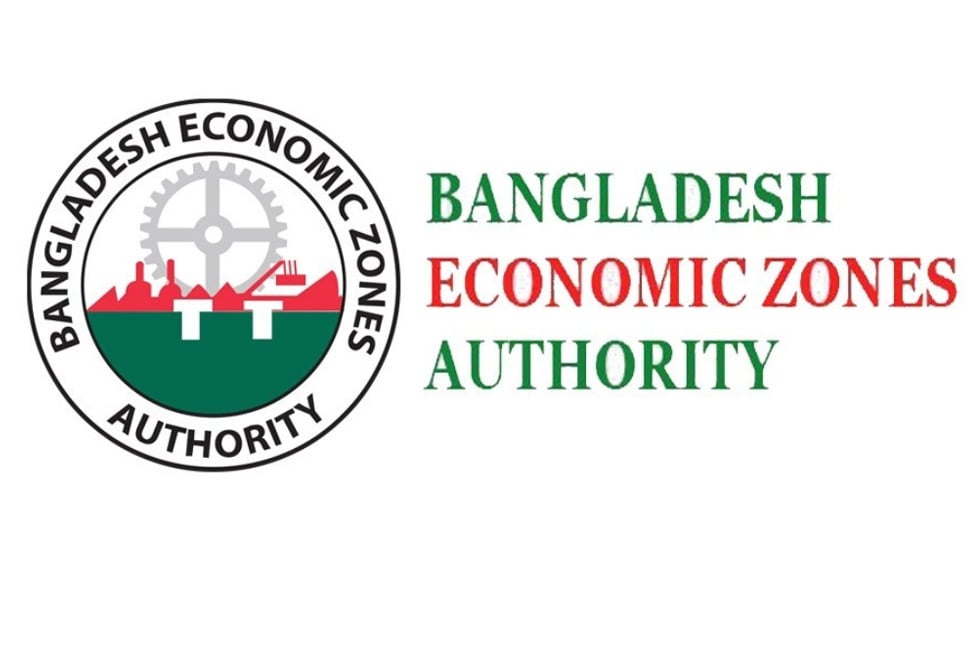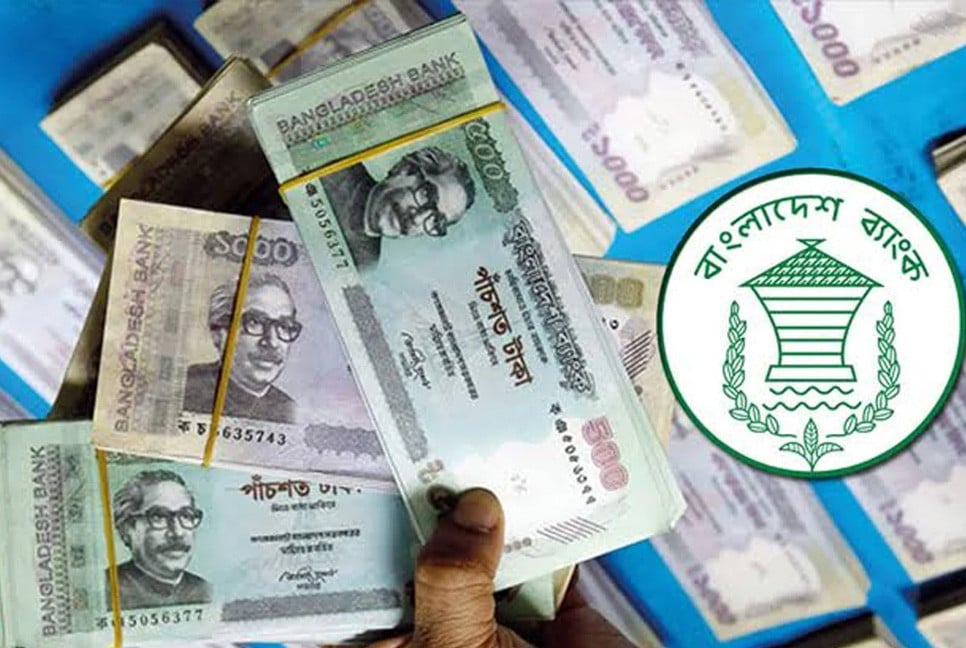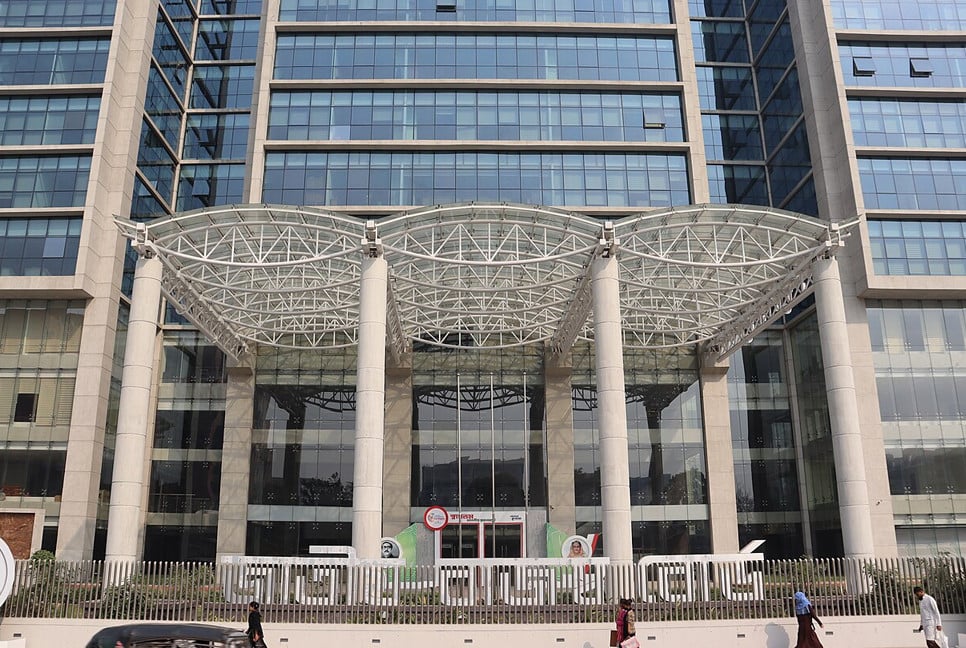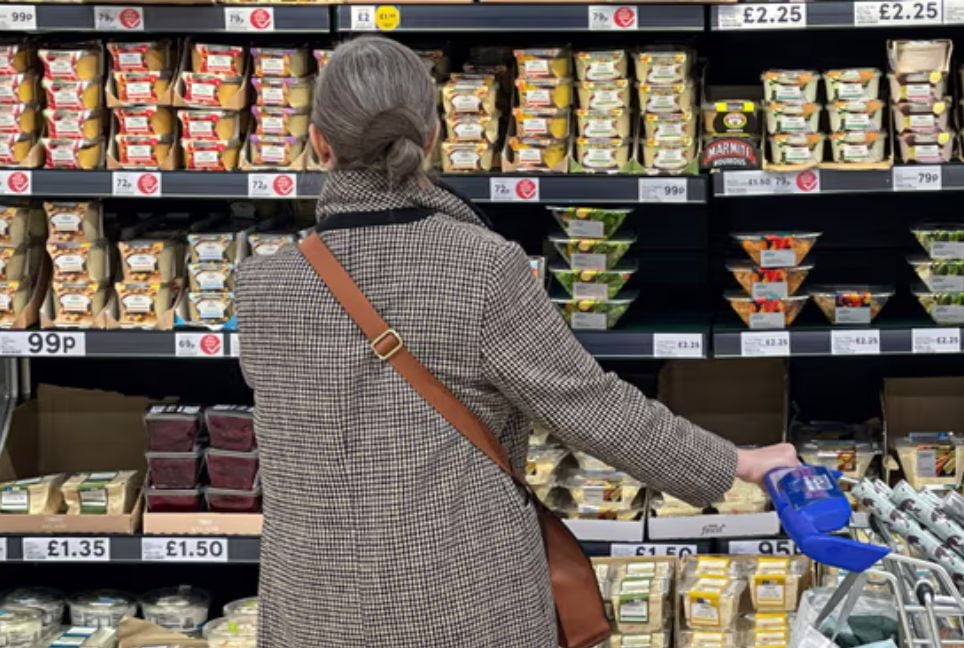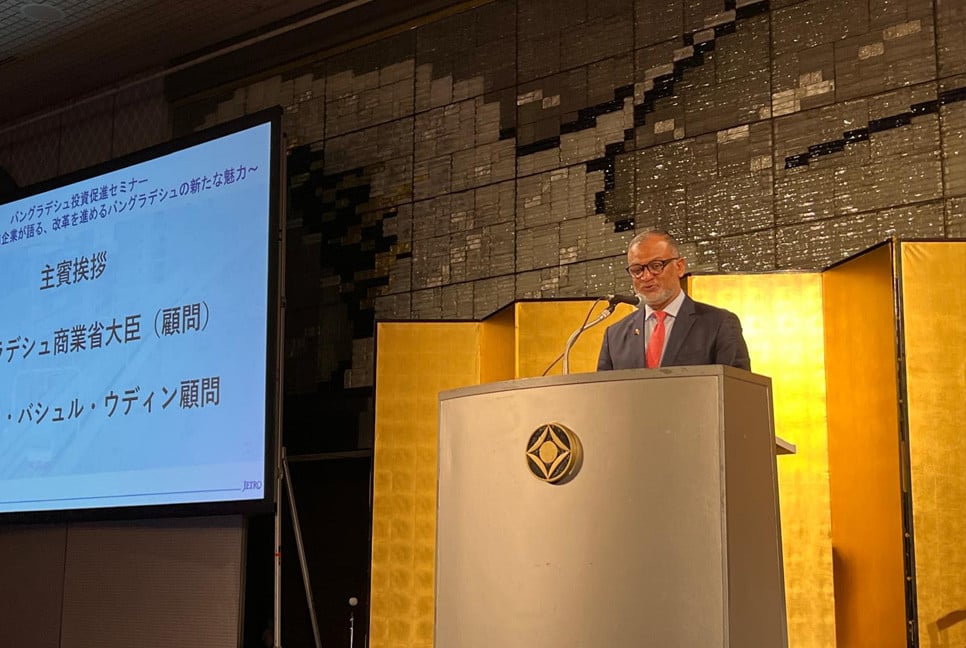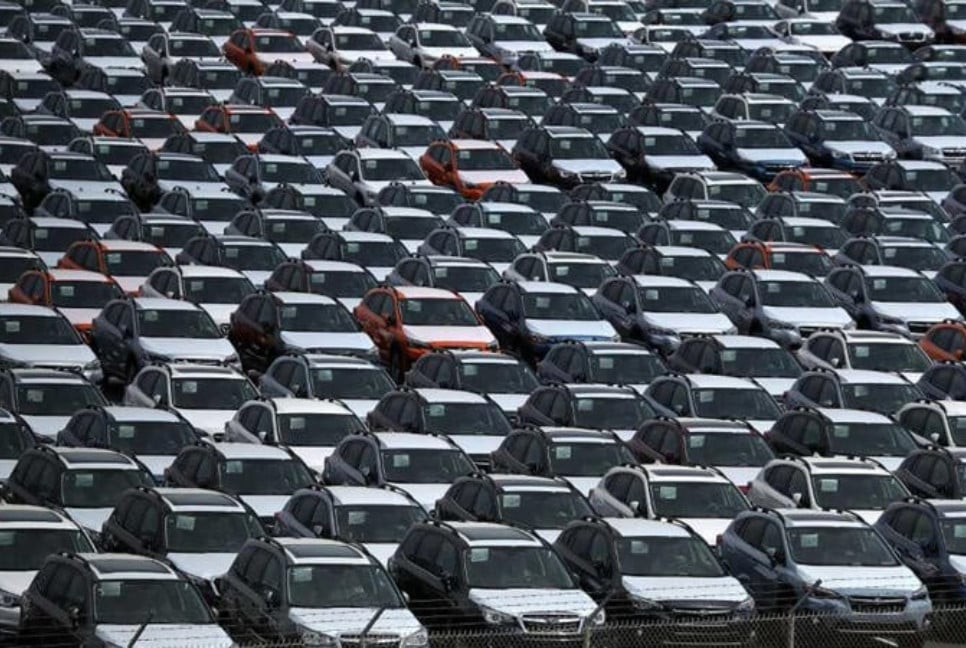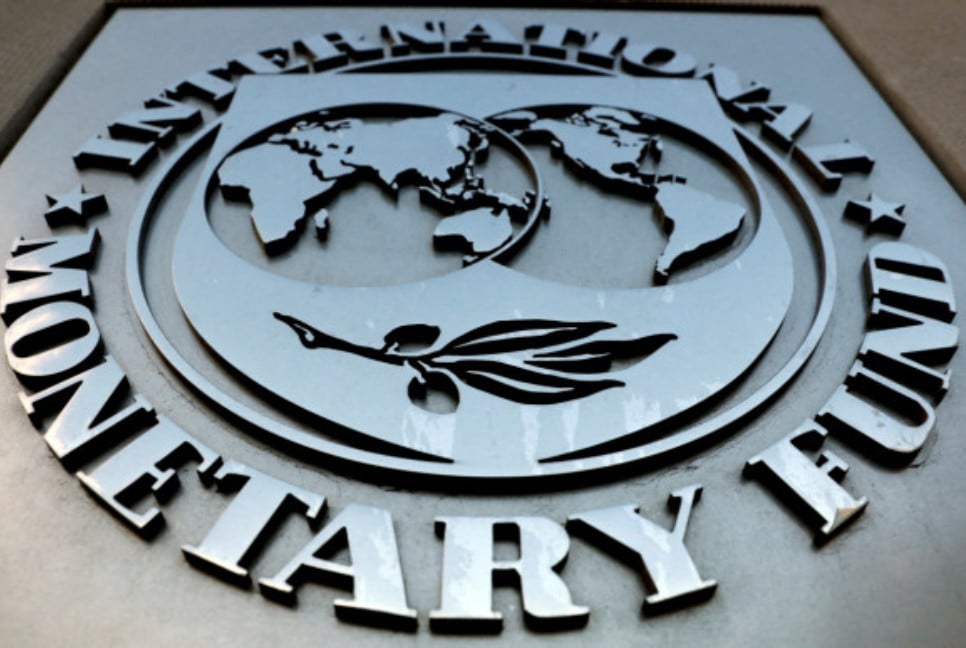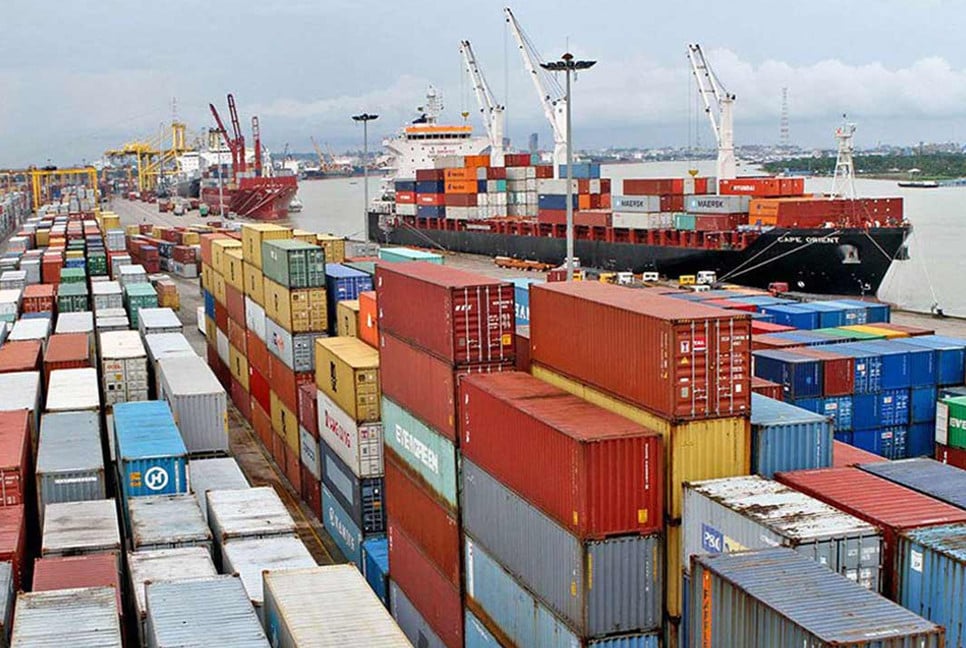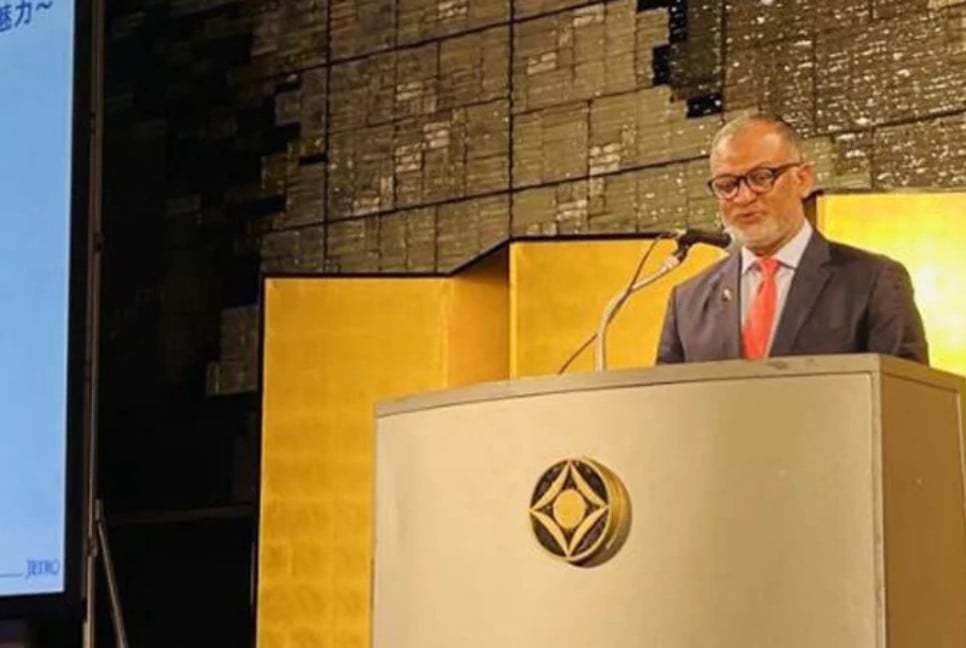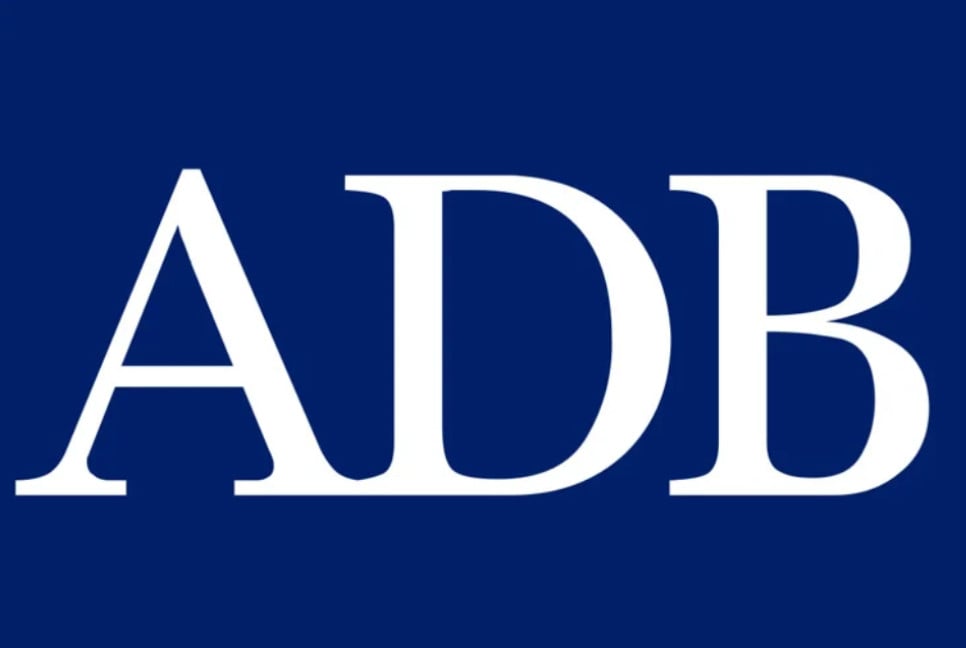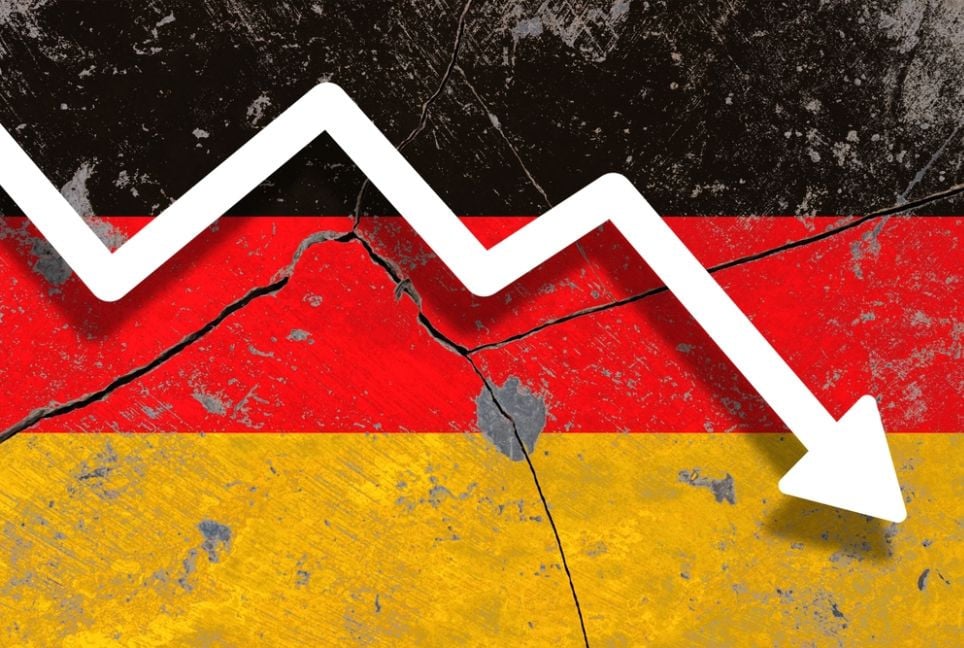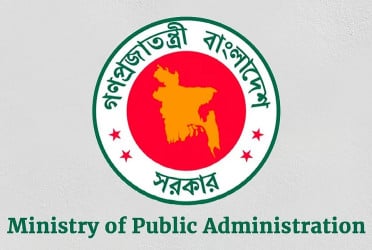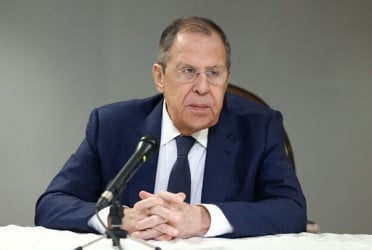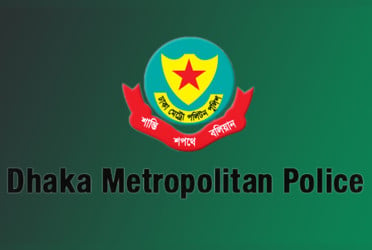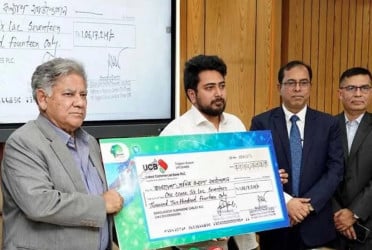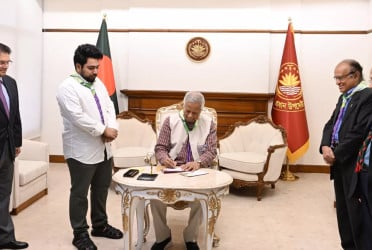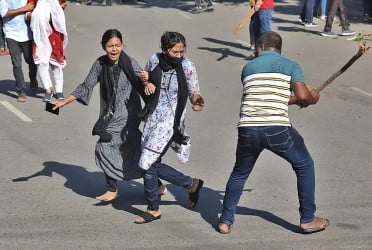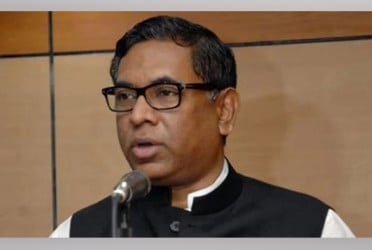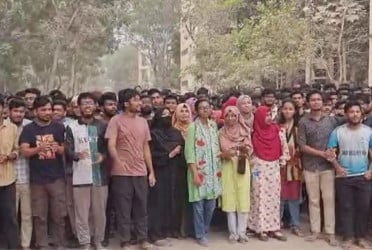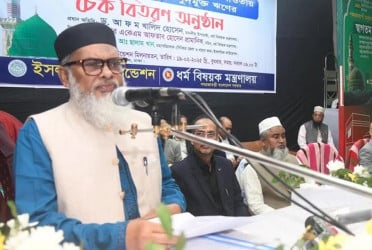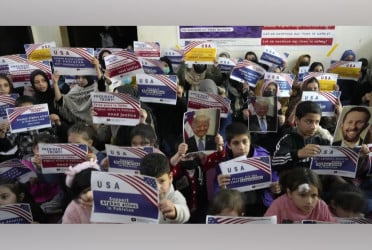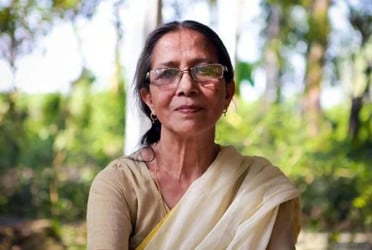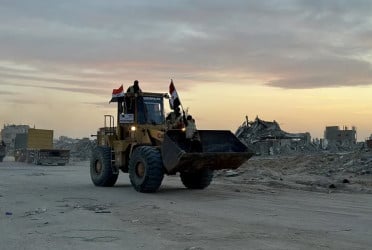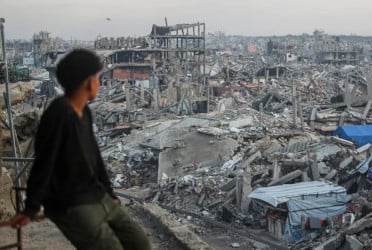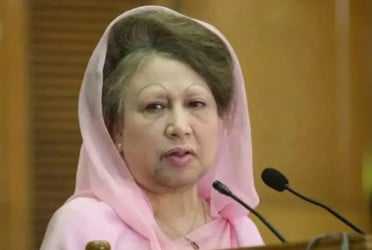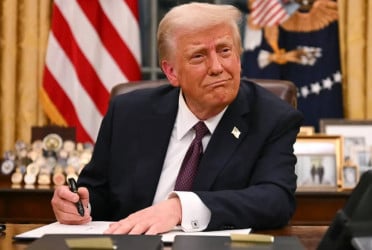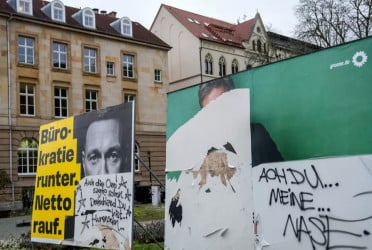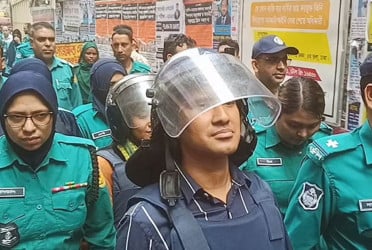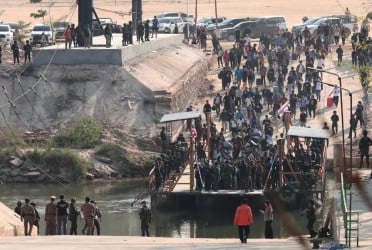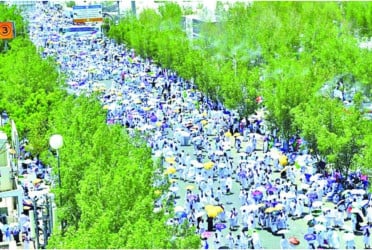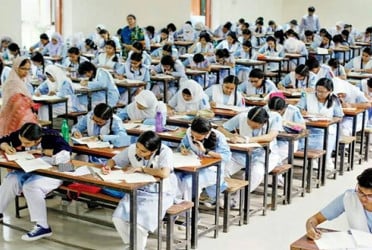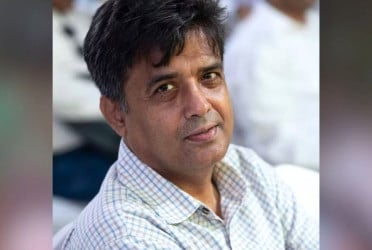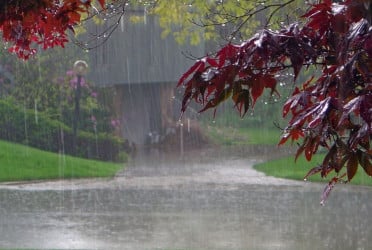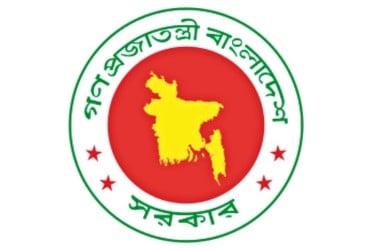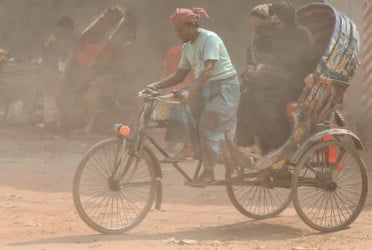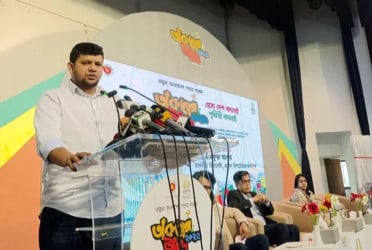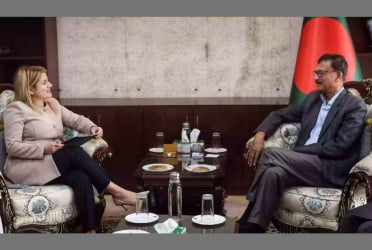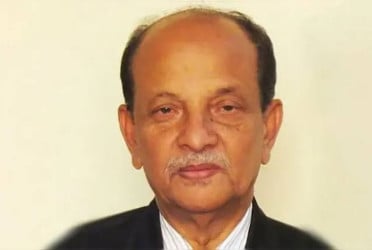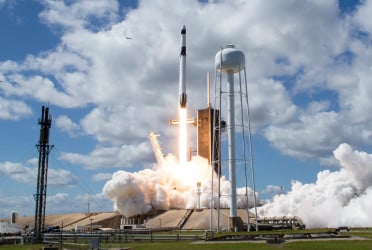The Bangladesh Economic Zones Authority (BEZA) is going to develop the National Special Economic Zone (NSEZ) as a green commercial establishment by implementing the Green and Resilient Economic Zone (GREZ) guideline on a pilot basis from February.
“We will start implementing the GREZ guideline at the National Special Economic Zone, the biggest one in the country, to turn it into a green economic zone to attract foreign and local investors. The implementation process will start this month,” a senior official of the BEZA told the media on Wednesday.
The Chief Adviser’s Office has already approved the GREZ guideline and asked BEZA to start the work in phases on a pilot basis, the official also said.
The BEZA is going to install a Central Effluent Treatment Plant (CETP), a solid waste management system, and a solar power plant in the special economic zone. In this regard BEZA will float a tender soon, said sources.
The GREZ guidelines draw upon the Eco Industrial Park (EIP) Framework developed by UNIDO, the World Bank, and GIZ to meet global environmental and social obligations for economic zones.
Instead of constructing multiple zones simultaneously, BEZA plans to focus on creating one exemplary zone that will serve as a benchmark for future developments. The zone will provide comprehensive amenities and utilities while adhering to stringent environmental standards, said officials. The initiative aims to improve the environmental sustainability of production processes.
According to BEZA officials, these guidelines will play a vital role in ensuring environmental and social compliance in economic zones.
Performance indicators included in the GREZ guidelines have been adapted from the EIP Framework, BEZA officials said. Additionally, existing Bangladeshi laws and regulations have been integrated into the guidelines to ensure compatibility.
The GREZ guidelines will be listed in the EIP Database, providing global investors with critical information about these zones.
This is expected to enhance the international competitiveness of the economic zones and attract high-quality foreign investment. Seeking anonymity, a senior official of the NSEZ project, told the Daily Sun, “BEZA will appoint PPP developers, as the feasibility study is nearing completion”
“Industries within the NSEZ will adhere to global standards. As per the plan, it will be established as a green economic zone with support from the World Bank,” he added.
BEZA has developed a planned industrial city spanning 33,805 acres across Mirsarai and Feni economic zones. This initiative aims to create 1.5 million jobs over the next 15 years and generate $15 billion in export revenues from the industrial enclave.
Currently, there are 450 environmentally rated economic zones worldwide. Attaining an environmental rating for Bangladeshi economic zones is expected to positively impact global exports and unlock new investment opportunities for the country.
Meanwhile, BEZA has already revised its policies to ensure that these zones are equipped with necessary infrastructure and utilities to meet the investors’ needs. The economic zone authority has targeted the completion of five economic zones, including four government-funded economic zones and one government to government (G2G) within 2026.
BEZA has decided to put on hold its ambitious plan to establish 100 economic zones. Instead, it will focus on operationalising a number of select zones from a priority list. These include the National Special Economic Zone (NSEZ) comprising the Mirsarai and Feni zones, the Jamalpur Economic Zone, the Sreehatta Economic Zone in Sylhet, Moheshkhali Economic Zone at Dhalghata and the Japanese Economic Zone at Araihazar.
If the plan is implemented in the next two years, 133 industries will gradually be established, creating investment opportunities worth $5.5 billion and generating approximately 2.38 lakh employment opportunities, according to the BEZA.
Besides, BEZA has kept five more Economic Zones – Sabrang Tourism Park, Chinese Economic Zone, Chandpur Economic Zone, Kurigram Economic Zone and Kushtia Economic Zone – under Assessment which will be developed in phases after completing various surveys.
The government has projected $5.5 billion investment in five economic zones by 2026 as it is taking a new approach to attract foreign and local investors by prioritising the development of government-funded and government-to-government (G2G) economic zones.
However, experts have expressed their optimism that more than $5.5 billion investment is possible within this time frame, if these economic zones are prepared quickly.
Courtesy: Daily Sun.
Bd-pratidin English/Tanvir Raihan

